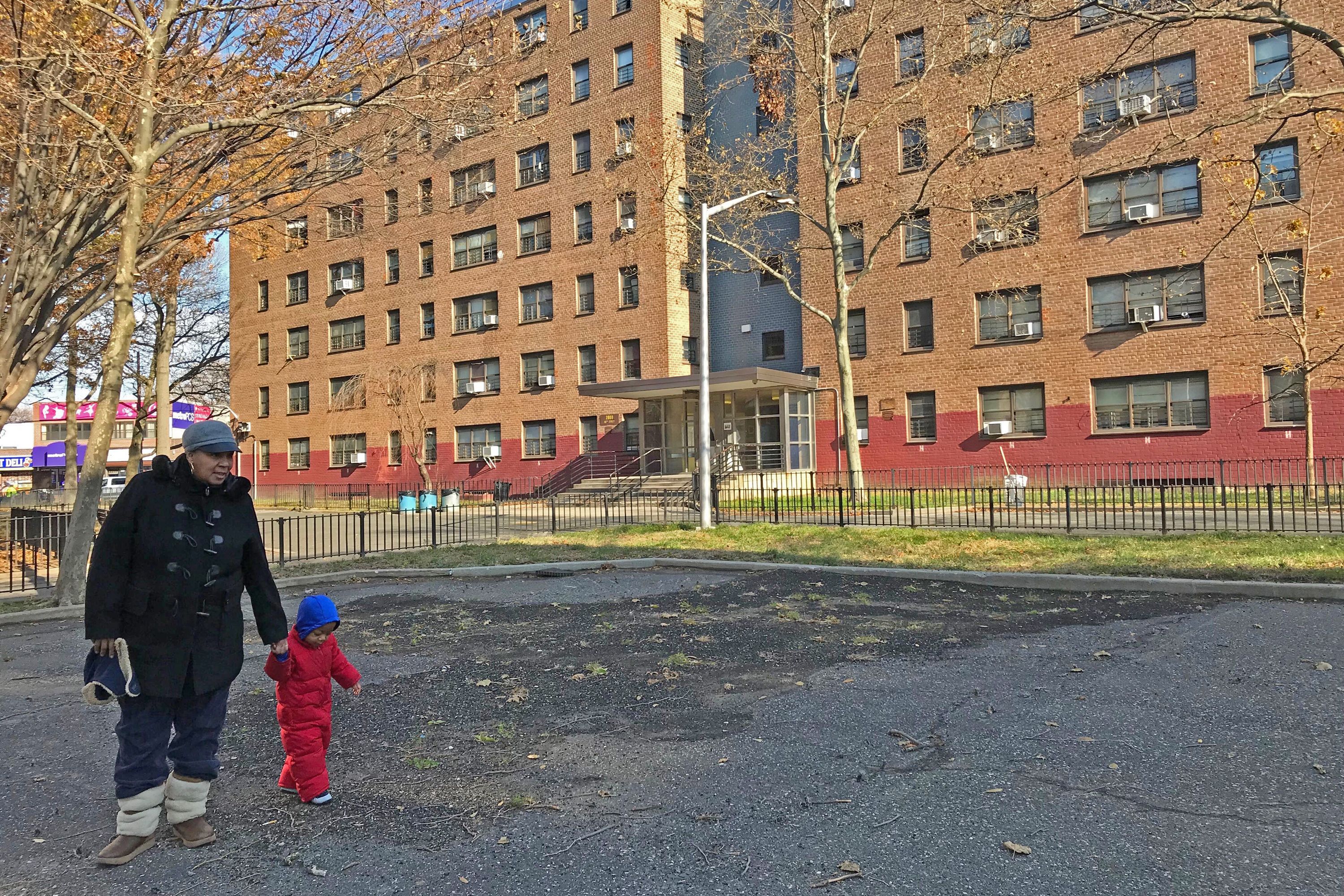NYCHA playgrounds languish in disrepair while funds go unspent

 This story was originally published on Dec. 2 by THE CITY.
This story was originally published on Dec. 2 by THE CITY.
When a city construction crew dug up a decrepit playground at a Brooklyn public housing complex last year, residents grew excited in hopes their children would finally get new equipment to enjoy.
But the site at the Marlboro Houses, in Gravesend, has stuck out as a barren concrete circle ever since. The playground is now on a list of 22 citywide slated for an overhaul by NYCHA.

Brooklyn Boro
View MoreNew York City’s most populous borough, Brooklyn, is home to nearly 2.6 million residents. If Brooklyn were an independent city it would be the fourth largest city in the United States. While Brooklyn has become the epitome of ‘cool and hip’ in recent years, for those that were born here, raised families here and improved communities over the years, Brooklyn has never been ‘uncool’.